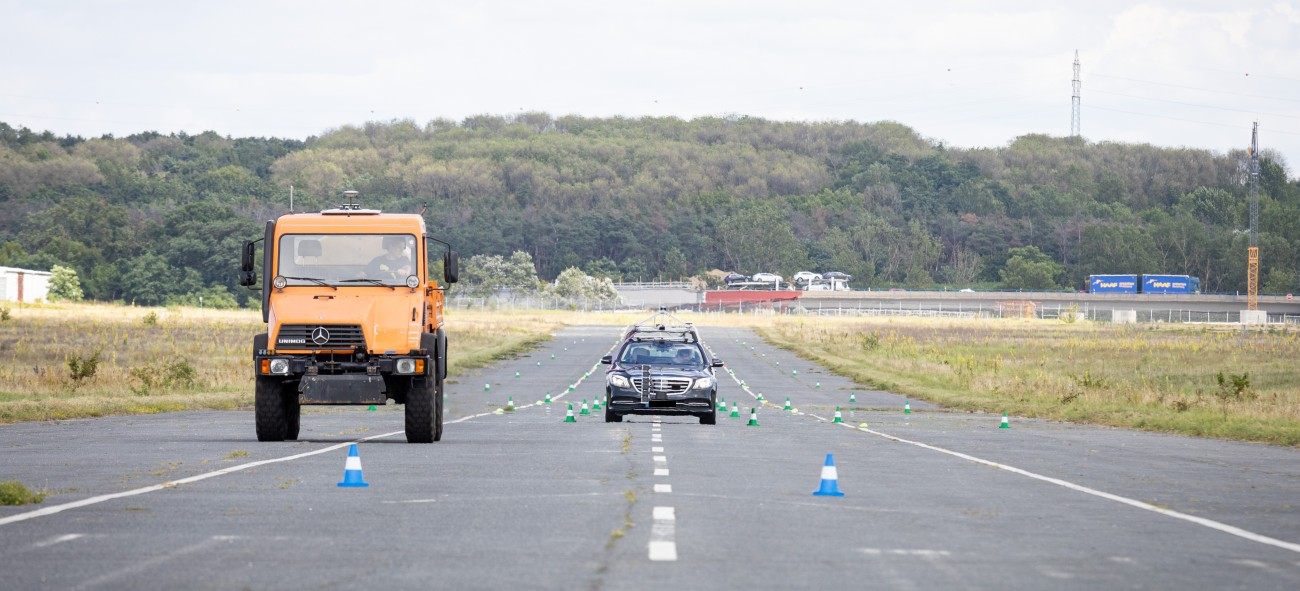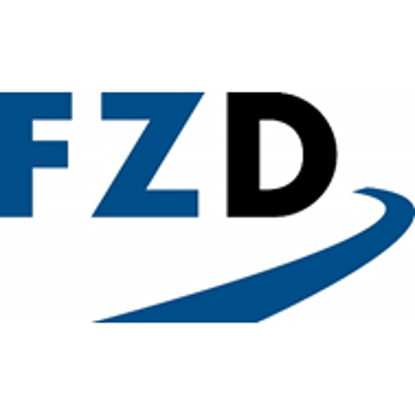The approval of automated and connected driving requires new efficient procedures for validation. One promising approach is the scenario based testing to control the parameter space in a targeted manner. The application in a virtual environment for purpose of validation promises benefits regarding costs, increased efficiency as well as safety for the execution. The main goal of the project is therefore the development of a virtual validation toolchain, which includes the simulation of the environment as well as sensors.
Further significant goals are the standardization and the use of open interfaces. These further global cooperation and support the transparent validation process, which is indispensable for the approval of automated driving functions.
The consortium consists of ten project partners including automobile manufacturers, suppliers, various research institutes as well as medium sized companies.
The project VIVID is a German-Japanese research cooperation for a virtual validation methodology for intelligent driving systems. This cooperation adequately addresses the necessity of international standards for the safety assurance relying on simulation.







